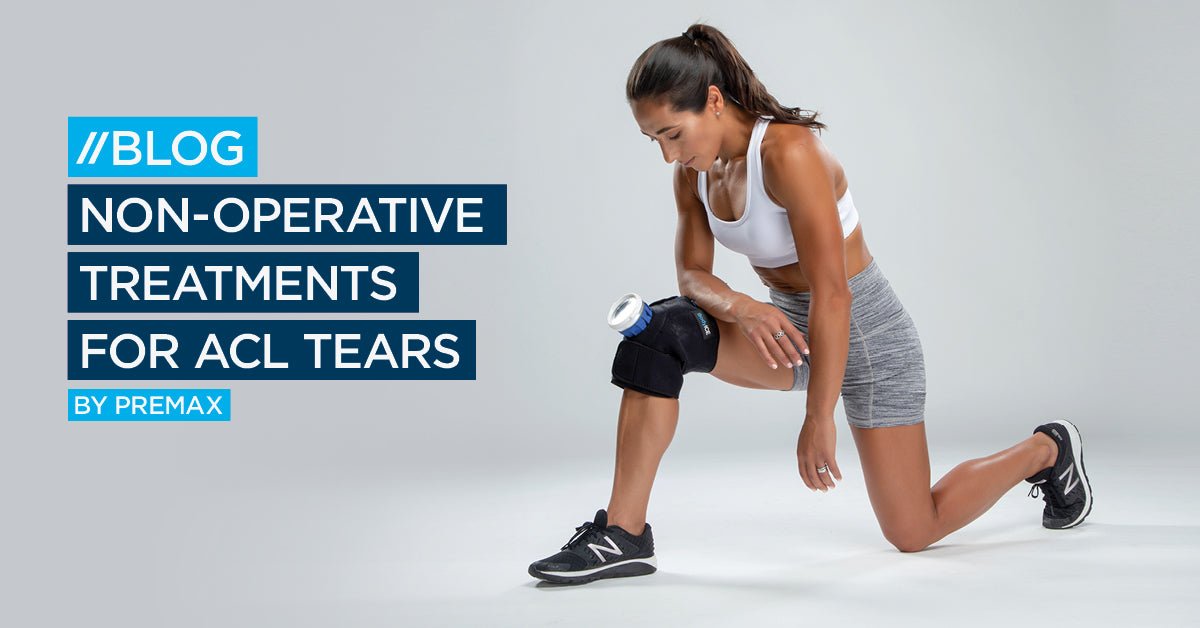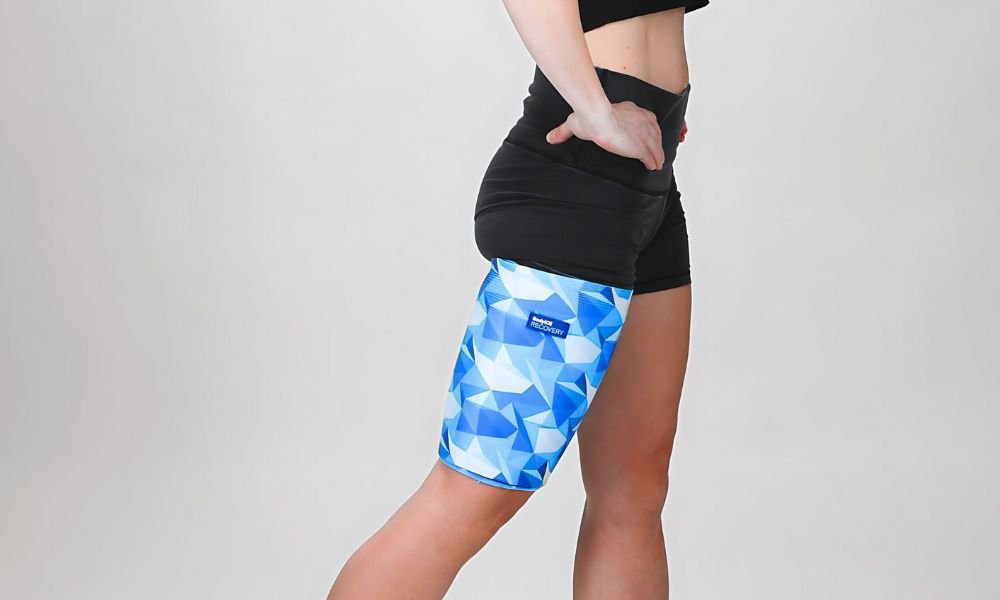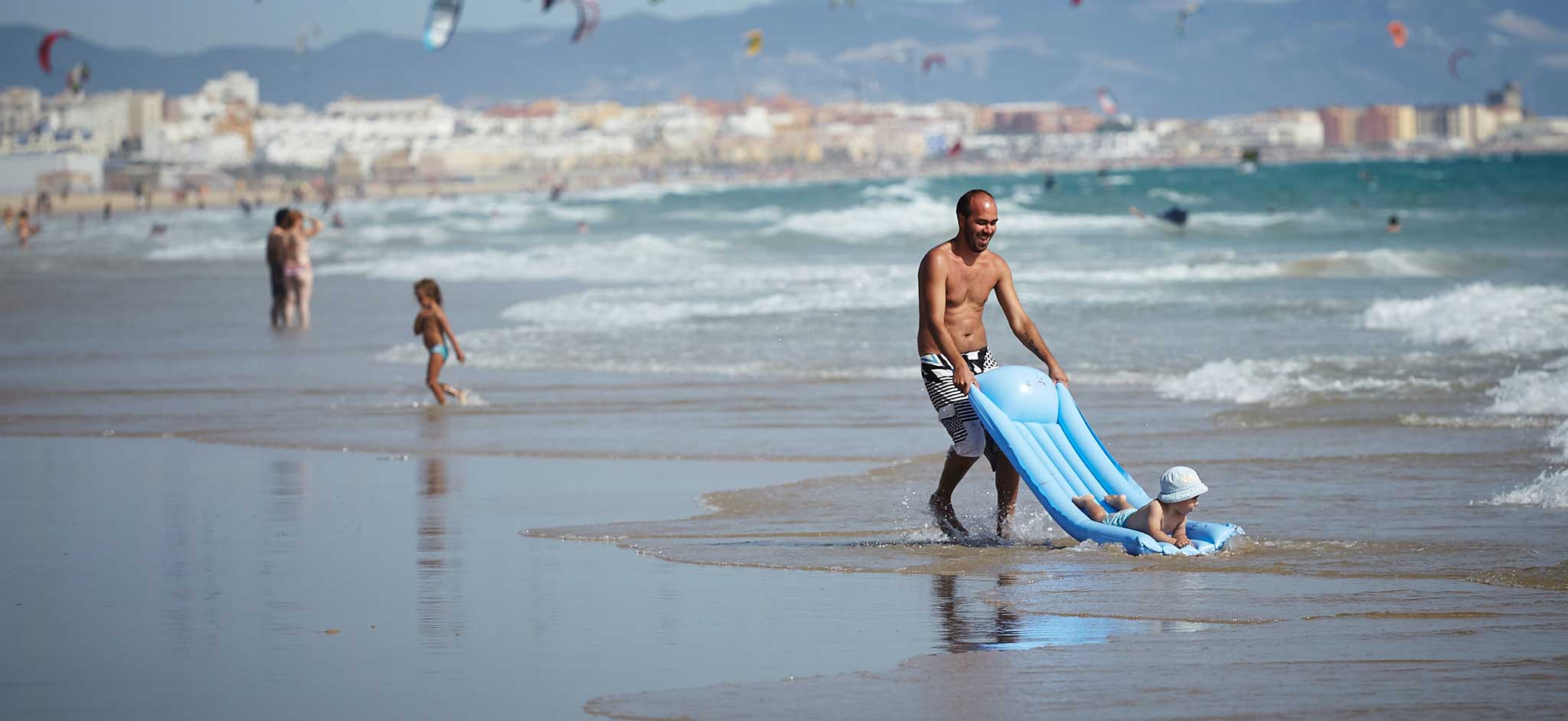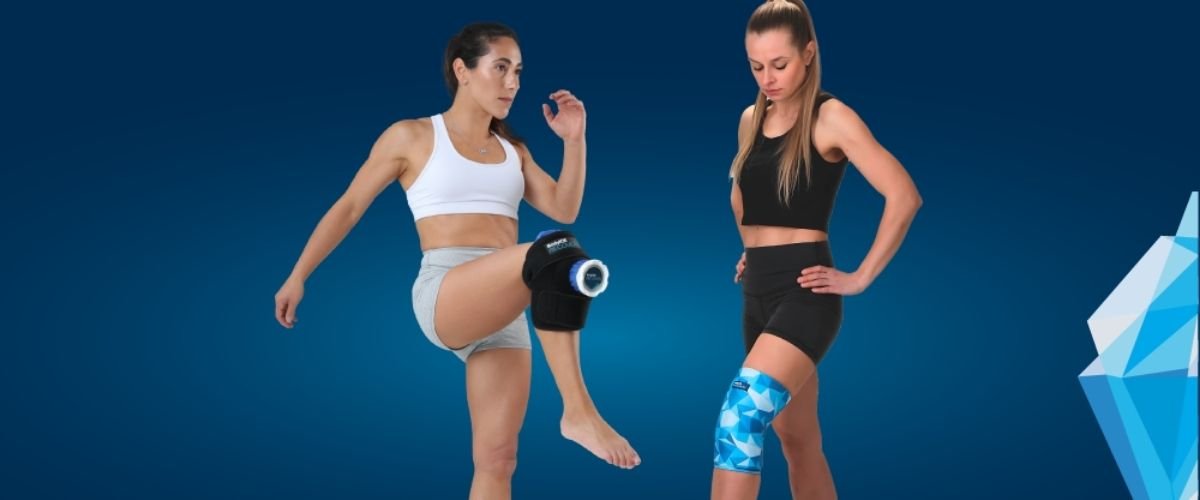For those who don’t know Kieran, he is a Specialist Musculoskeletal Physiotherapist (as awarded by the Australian College of Physiotherapists in 2016) and is the director of Global Specialist Physiotherapy, a consultancy service that provides formal mentoring, latest evidence professional development and second opinions for complex patient presentations to a number of private practices in Australia. He also runs national workshops on the topic of ACL tear non-surgical management.
As all my talks, I walked away from this one better off as a clinician! I hope you enjoyed this chat as much as I did…
Mick: Hi Kieran and thanks for your time today. ACL injuries and reconstructions are on the rise worldwide - can you give us all a summary of the current trends here in Australia alone?
Kieran: Absolutely Mick. The topic of ACL tears and management trends is being reported more and more in mass media, with Australia now having the unenviable title of the highest rates of reconstruction in the world!
Firstly the injuries themselves are on the rise. There are a number of factors that cause this – the lack of implementation of prevention programs/exercises at the general population level, the type of twisting sports that Aussies tend to love and play, and the advent of sophisticated imaging techniques like MRI being more available to identify a torn ACL on scans.
Now ACL reconstruction (ACLR) procedures have also concurrently rapidly increased due to a number of reasons such as:
- General population awareness of the availability of a surgical technique that is federally and privately funded
- Sports media outlets often demonstrating borderline hysteric reactions when an athlete suffers a suspected ACL tear
- Difficulty in quick translation of the best literature to clinicians and
- A lack of up-to-date patient-friendly resources outlining current practice guidelines which suggest commencing intense, structured, supervised physiotherapy and exercise before even considering a surgical decision.
Mick: Interesting stuff! Now it may come as a surprise to some people, but there has been good evidence challenging the benefit and necessity of ACL reconstructions. What is the literature telling us about non-operative management?
Kieran: There is actually no high-quality evidence for any patient to be offered an ACL reconstruction as superior to structured, supervised physiotherapy and exercise. This forces us to rethink our assumptions based on what we may have heard through university, colleagues, friends/family and certainly through sports news reporting!
The optimum way to determine the effectiveness of various management strategies after any injury like an ACL tear is through high-quality randomised controlled trials (RCT’s), which amongst other positive elements reduce susceptibility to biases. So in 2019, the evidence-based practice rules that govern scientific culture aren’t the same as they were 40 or 50 years ago, when many of the systems to roll out these procedures were created.
Hundreds of RCT’s have compared patients having different surgical techniques for ACL tears, but the optimal trials comparing rehabilitation alone to surgery and rehabilitation haven’t provided any greater benefit to the group who undergo reconstruction.
This information may be challenging to read, but it has the capacity to rejuvenate the injury management industry and give hope to many current and future patients, which is actually such great news.

Mick: I think that will surprise many people out there Kieran! From the research published on non-operative management, is there any indication as to who may do "better" with non-operative management? Ie. Older vs younger, females v males?
Kieran: Based on really good quality data, it’s very difficult to predict, but it is likely far more psychologically driven than we would have thought 20 years ago. The KANON trial by Frobell and colleagues (the only high-quality RCT available comparing physiotherapy and surgery, to surgery alone) included a highly active, near-elite young adult group of males and females – the typical cohort that present to primary care with these injuries. There were no significant differences in lasting outcomes across multiple domains (such as pain and symptoms, quality of life, return to sport rates, osteoarthritis rates, meniscal tear and surgery rates etc.) based on age or gender.
The patients that did cross over from initial supervised exercise alone to ACLR did so as they has strong pre-existing preferences for surgery (had determined to do this before entering the trial!), they found rehabilitation “boring” and they believed surgery was necessary to return to pre-injury function.
Patients that performed well physically in terms of quads strength and hop tests were more successful in both non-operative and operative groups, highlighting the need for us to really get commitment and adherence from patients to the concept of graded, comprehensive, longstanding rehabilitation.
Wellsandt et al 2018 described the attempt to screen and identify the perfect candidates for either approach as being a “tremendous hurdle.” They suggest patients who may initially have poor dynamic knee stability can eventually improve given extended periods of time for progressive rehabilitation.
Mick: What about the non-operative management in professional athletes? There's a published and well publicised case of an English Premier League player playing again shortly after an ACL injury. Are there any others that you can think of? Also, what are your thoughts on if it is possible to play level 1 sports without an ACL? If so, why don't more professional clubs and athletes receive non-operative management?
Kieran: Yes the EPL player really busted a lot of myths, and he refused to follow multiple opinions advising the necessity of reconstruction! Only one group level study exists in elites returning to pivoting sports (both males and females) by Myklebust et al 2003 in European handball, which showed no variances between non-surgical and surgical groups in terms of return to sport (RTS) rates, function and osteoarthritis (OA) rates long-term. There are scores of case studies in general media available to show it is safe and achievable at the top level in various twisting and landing sports. So other than it’s ‘what we’ve always done’, there’s actually no good quality empirical reasons for professionals to be serviced like they have been.
Imagine how different ACL injuries in professional athletes can be viewed in the future in light of this information? I wonder if more clubs and athletes don’t commence with non-surgical management simply due to cultural trend, media emotion, external pressure and assumed risks?
Just this past few weeks online I read in the headlines of players who have injured their ACL’s the words “shocking”, “heart-breaking” and “devastating”, based on the assumed need for 9 to 12 months off for ACLR. We really need to shift this ideology and behaviour based on the present-day systematic reviews/clinical guidelines; once one or two players have successful and prominent returns under a non-operative regime, it will become more common-place.
Mick: What about the younger athlete with an ACL injury (ie under 16 years)? Knowing that preserving the meniscus is paramount, should non-operative management be considered in this population?
Kieran: Absolutely, rehabilitation needs to be seen as the best first management strategy for those who are, really, the most vulnerable in society to decision-making. Parents, and children, need to be committed to ongoing physiotherapy and exercise following the injury. I would recommend and direct clinicians, patients and parents to the 2018 International Olympic Committee (IOC) consensus statement on the topic, and encourage them to listen to Professor of Orthopaedic Surgery Lars Engebretsen’s podcast, that are both freely available to access online.
It’s fascinating to read and hear of the strong conflicting opinions arguing why early surgery is/isn’t necessary. Clinicians need to get comfortable with the fact that dynamic strengthening and rehabilitation can be an immutable solution to prevent meniscal and cartilage damage in patients. A recent study by Ekas et al 2018 describes the realisation of paediatrics with ACL tears as copers without surgery to adulthood as a ‘game-changer’ for the management of ACL injuries among children.
Mick: Most of the literature focuses on the isolated ACL injury (+/- minor meniscus injury and partial tears to the collateral ligaments) - should non-opertaive management be considered in the knee that has higher grade coexisting injuries?
Kieran: Oh most definitely - it’s really hard though as we could all die the death of a thousand qualifications, so in an ideal world it should boil down to the patients signs and symptoms. We can’t really answer the question on appraisal of the best studies to date, as patients who had higher-grade concomitant injuries have been excluded from the trials and have undergone immediate ACLR’s.
We’ve known since the mid-90’s (Ihara et al 1994) that many acute meniscal tears can heal, as can the ACL, and the MCL etc. I think at the very least we need to give patients a minimum of 3 months to get their knee pain and symptom-free, educated about their options for management and the significance of engaging in rehabilitation and undertaking the process; this will give us superior outcomes in any event. Patients in the KANON trial who had baseline meniscus and cartilage injuries and were randomised to early-reconstruction were the only individuals prognostically found related to poor five-year outcome, specifically poor knee function and quality of life.
Mick: If a patient is looking to return to pivoting/cutting sports without reconstruction, is a criteria driven rehabilitation and return to sport currently best practice?
Kieran: Firstly it’s important to know that it is a misconception based on conceptual theory that you cannot return to pivoting/cutting sports with an ACL-deficient knee – there is an abundance peer-reviewed literature that shows returning to these types of sports is achievable and safe for many patients. There is in fact not a single study, at a group level, that shows you can’t return to twisting sports without an ACL.
But in short, yes for sure, criteria-driven rehabilitation is the same for patients undergoing non-surgical management and is best-practice. We need an asymptomatic, mobile, strong knee, with good proprioception, plyometric strength, adequate training volume and sports-specific skills, and patients also need to be psychologically robust. We don’t need to be so concerned about static, non-weight bearing orthopaedic tests for anterior/posterior stability like pivot-shift or Lachman’s, as we’ve known for at least 25 years that these types of tests have a poor correlation to dynamic stability. We should also expect faster RTS rates; I advise patients the current guidelines for a non-operative approach are approximately 3 to 6 months from commencing rehabilitation to return to play, although time-frames can be shorter or longer than this.
Mick: Lastly, what’s your advice for someone who has +/- associated injuries looking to return back to cutting and pivoting sports?
Kieran: My advice firstly would be to not panic and feel forced by anyone into early surgery. It’s really important patients understand that research is challenging how we used to manage these injuries, and by taking their time to find an experienced and trained physiotherapist who has a knowledge of non-surgical ACL tear management information and programs, they can be better informed as they dedicate themselves to the rehabilitation journey and commencing exercises immediately. Physiotherapy and exercise alone can be a permanent, lifelong solution for many patients aiming to return back to cutting and pivoting sports, which really is tremendous news.
That’s great information all round Kieran, and many thanks for your time and expertise today. I certainly have learnt a lot today, and I’m sure all our readers will too!
Blog source: Premax, written by Mick Hughes






Leave a comment
All comments are moderated before being published.
This site is protected by hCaptcha and the hCaptcha Privacy Policy and Terms of Service apply.